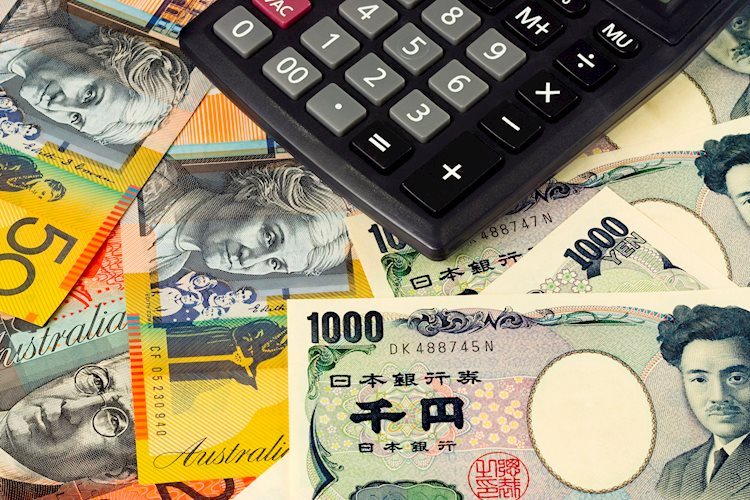- AUD/JPY gains ground due to uncertainties regarding the future BoJ interest rates outlook.
- BoJ’s Summary of Opinions highlighted divisions among policymakers regarding the timing of future rate hikes.
- The Australian Dollar faced challenges as China’s latest stimulus measures fell short of investors’ expectations.
AUD/JPY retraces its recent losses from the previous session, trading around 101.20 during early European hours on Monday. The upside of the AUD/JPY cross is attributed to lower Japanese Yen (JPY) following the release of the Bank of Japan’s (BoJ) Summary of Opinions. The BoJ’s October report highlighted divisions among policymakers regarding the timing of future interest rate hikes.
Some members of the Bank of Japan expressed concerns about global economic uncertainties and rising market volatility, particularly around the Yen’s depreciation. Still, the central bank has suggested it might increase its benchmark policy rate to 1% by the latter half of the 2025 fiscal year.
In Japan, Prime Minister Shigeru Ishiba’s Cabinet resigned en masse before the Diet (parliament) during an extraordinary Cabinet meeting on Monday morning. With the ruling coalition of the Liberal Democratic Party (LDP) and Komeito now holding less than a majority in the House of Representatives, Monday’s vote is expected to lead to a runoff between Ishiba and Yoshihiko Noda, the leader of the major opposition party, the Constitutional Democratic Party.
The Australian Dollar (AUD) edged higher despite a generally cautious outlook due to concerns over Donald Trump’s proposed tariff increases on Chinese goods, which could impact Australian markets as China is one of its largest trading partners.
Further weighing on the Australian Dollar were China’s latest stimulus measures, which fell short of investor expectations and dampened demand prospects for Australia’s top trading partner. On Friday, China announced a 10 trillion Yuan debt package aimed at easing local government financing pressures and supporting sluggish economic growth; however, the package stopped short of including direct economic stimulus initiatives.
Read the full article here

